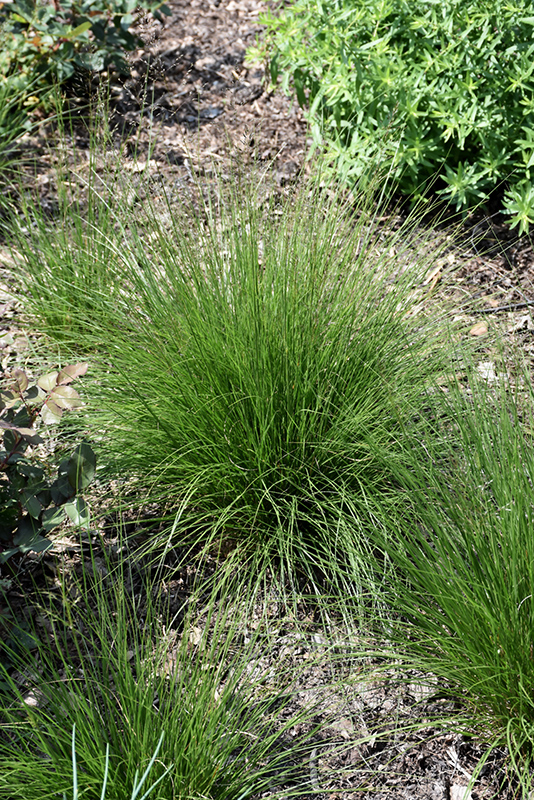Plant Finder
Plant Height: 12 inches
Flower Height: 24 inches
Spacing: 18 inches
Sunlight:
![]()
![]()
Hardiness Zone: 4
Other Names: Dwarf Dropseed
Description:
Native to the south and west, this fine-textured grass features airy plumes of fine flowers and seed heads floating over the grassy foliage all season long; this dwarf cultivar is very adaptable, and ideal as an accent in the urban landscape
Ornamental Features
Tara Dropseed features delicate plumes of coppery-bronze flowers with pink overtones rising above the foliage from mid summer to early fall. The tan seed heads are carried on showy plumes displayed in abundance from early to late fall. Its grassy leaves are grayish green in color. As an added bonus, the foliage turns gorgeous shades of orange and red in the fall.
Landscape Attributes
Tara Dropseed is an open herbaceous perennial grass with an indistinguished habit of growth. It brings an extremely fine and delicate texture to the garden composition and should be used to full effect.
This is a relatively low maintenance plant, and is best cleaned up in early spring before it resumes active growth for the season. Deer don't particularly care for this plant and will usually leave it alone in favor of tastier treats. It has no significant negative characteristics.
Tara Dropseed is recommended for the following landscape applications;
- Mass Planting
- General Garden Use
- Naturalizing And Woodland Gardens
Planting & Growing
Tara Dropseed will grow to be about 12 inches tall at maturity extending to 24 inches tall with the flowers, with a spread of 24 inches. When grown in masses or used as a bedding plant, individual plants should be spaced approximately 18 inches apart. Its foliage tends to remain dense right to the ground, not requiring facer plants in front. It grows at a medium rate, and under ideal conditions can be expected to live for approximately 10 years. As an herbaceous perennial, this plant will usually die back to the crown each winter, and will regrow from the base each spring. Be careful not to disturb the crown in late winter when it may not be readily seen!
This plant does best in full sun to partial shade. It is very adaptable to both dry and moist locations, and should do just fine under typical garden conditions. It is considered to be drought-tolerant, and thus makes an ideal choice for a low-water garden or xeriscape application. It is not particular as to soil type or pH, and is able to handle environmental salt. It is highly tolerant of urban pollution and will even thrive in inner city environments. This is a selection of a native North American species.
A NetPS Plant Finder tool

